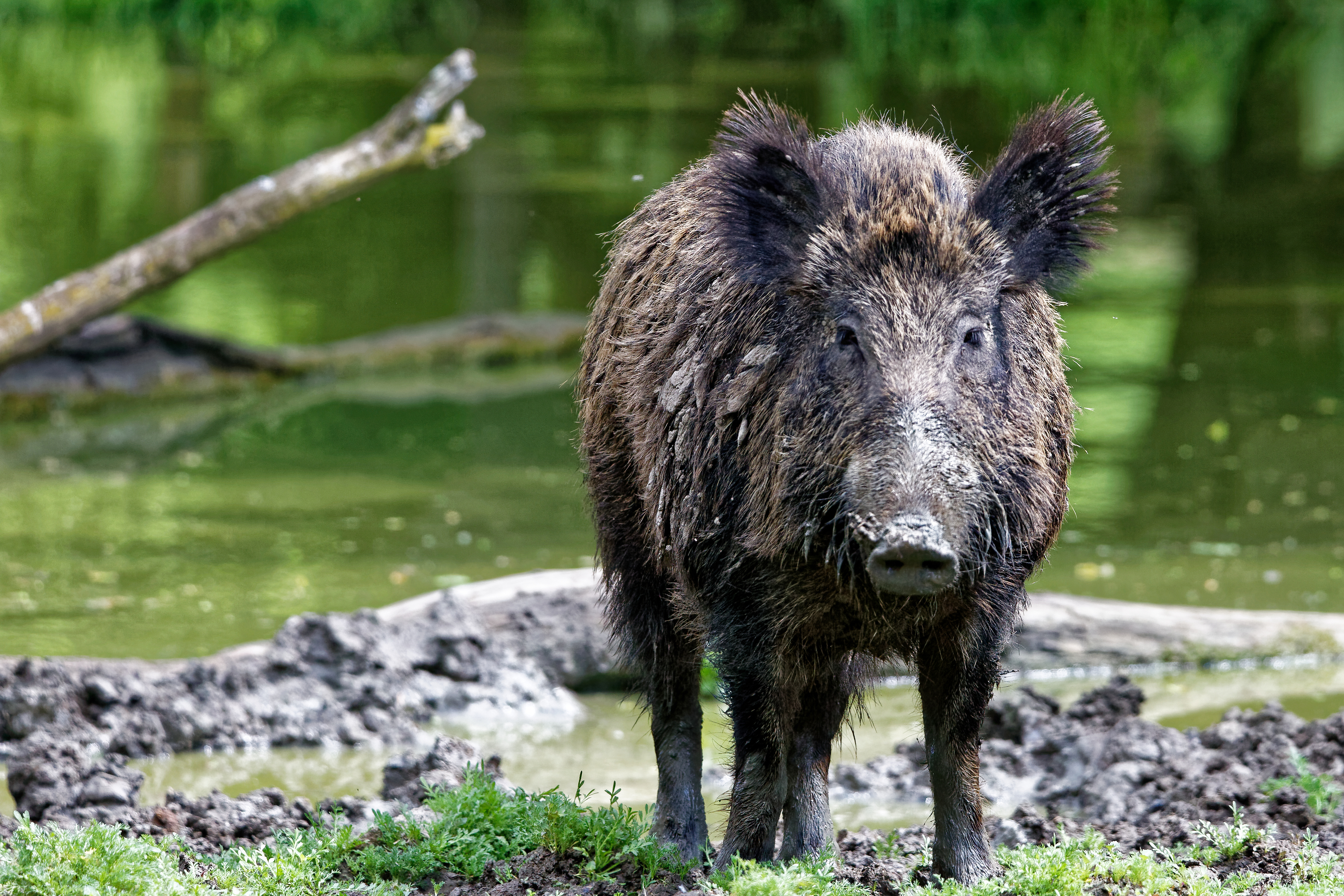



A year on high alert for African swine fever
Looking back on the situation surrounding African swine fever in 2019, Jennifer Parker assesses the impact the virus has had on pig herds this year and discusses what is to come in 2020.In the decades following the first reported outbreak in Kenya in the early 1900s, African swine fever (ASF) was identified in Europe and South America. An outbreak in Georgia in 2007 facilitated further spread of the disease to nearby countries, including Azerbaijan, Armenia and Russia. Besides persistent (but largely controlled) outbreaks in Sardinia, Italy, since 1978, European countries had remained ASF-free. However, as the virus continued to spread, it was soon identified in Ukraine, Belarus and Moldova, and reached Poland in 2014.
Since then, ASF has gradually diffused westward through Europe and now east into Asia. In 2017, the virus was identified in wild boar in the Czech Republic and in domestic pigs in Romania. Hungary was next to be hit, with cases identified in wild boar early the following year, then in Belgium in September 2018 and Bulgaria in October 2018.

Developments in China
August 2018 marked the first known cases in China – a devastating development for the country, which is the largest pig producer and consumer globally. The disease spread through China’s provinces rapidly and the number of pigs in the country fell by 40 percent – a figure that experts predict will have dropped by a further 15 percent by the end of 2019.
Because of the sheer scale of consumption in China alone, the outbreak has impacted import and export pork prices significantly on a global scale. The Chinese population consumes more pork than any other country – 85 to 88lbs per head per year – and with the ASF outbreak, the price of pork to Chinese consumers has risen by 125 percent since July 2019. The country’s corn market has also suffered, with prices crashing following a sharp reduction in demand from the pig sector. In the second half of 2019, corn prices dropped by 10 percent, further contributing to China’s inflation rate.
Pork imports to China have soared by over 70 percent and the ban on imports from Canada has been lifted. In November, Argentina sent its first shipment of 26 tonnes of pork to China and a shipment of 400 tonnes has been approved from Brazil. Imports of chicken and beef have also been approved to help fill the demand. In turn, the price of pork – and beef and chicken, though to a lesser degree – has risen all over the world.
The global threat
Without a suitable vaccine or treatment, the spread of ASF has not been quashed and 2019 saw many new cases and an increased reach of the virus. In 2019, the disease was reported in Slovakia and Serbia. It was also identified in Vietnam, Cambodia, Mongolia, the Democratic People’s Republic of Korea, Republic of Korea, and the Lao People’s Democratic Republic, as well as the Philippines, Myanmar, Timor-Leste and North Sumatra. Other Indonesian islands might be next to suffer from the virus.
A highly contagious disease, ASF affects pigs of any age and causes high rates of mortality. Pigs, wild boars and hogs are the natural hosts of the virus – a unique member of the Asfarviridae family. The virus is carried by arthropods, which infect pigs and their close relatives. Most commonly, ASF is transmitted through direct contact with tissue or bodily fluids of pigs. Spread is intensified with the transport of contaminated food products, which, in some cases, have been fed to domestic pigs.
The risk is very real for pig producers all over the globe. In the modern era of global industry, oceans do not perform as effective barriers to disease transmission. ASF can be transmitted in many ways, including, for example, from tourists discarding their ham sandwiches and this being consumed by wild boar which then pass by outdoor domestic pig units.
The ASF virus survives well in feed and some scientists are concerned that the global distribution of organic soybean meal, including millions of kilograms to the US, is another risk for transmission of the virus over long distances.

No vaccine has been approved for commercial prevention of ASF to date, though research institutions are racing to develop an effective preventative. Following several unsubstantiated claims that ASF vaccines had been developed by Guangdong Highsun Group in China and the Vietnam National University of Agriculture, the race to create a commercial vaccine continues. In December 2019, a paper published in bioRxiv reported promising results from a vaccine trial led by the Agricultural Research Service. The vaccine will be trialled in a commercial farm setting before the group will be able to move forward with commercialising the product.
What next?
ASF has caused the deaths of millions of pigs around the world – and recovery isn’t likely to be imminent. Further reductions in China’s pig herd are expected in the first half of 2020. According to Rabobank, around 50 percent of China’s small farms are predicted to leave the industry and Chinese pork imports could reach 4.6 million tonnes in 2020 – more than ever before. In response to this development, the Chinese government is working on plans to partner small producers up with larger farms to help them grow and fulfil a great proportion of the country’s demands.
As for areas the virus hasn’t yet reached, preparation is underway to deal with outbreaks worldwide and animal health authorities are on high alert. The OIE has predicted that on a global scale, around one quarter of the pig population will be lost to ASF. Though not on such a large scale, similar import responses to those in China can be expected from other Asian countries as they too struggle to contain ASF in their herds.
In the US, legislation is being reviewed that will boost the border inspection workforce. In the US and the UK, backyard farms pose a higher risk for triggering an ASF outbreak, as these producers tend to have fewer biosecurity protocols in place. Education programmes are underway to stop these preventable risks before they are taken.
The spread in Europe has mostly been through wild boar populations, which seem to have been contained to date thanks to heightened security measures. In mainland countries, fences are being erected to keep wild boar from crossing borders. EU countries are actively sampling and testing wild boar for ASF in accordance with a surveillance programme. Through testing of pork products entering the countries from areas that have ASF, numerous pork products have been reported as ASF positive in the UK, Australia, Taiwan and Thailand.
Because of the many ways ASF can be spread, it is not possible to predict which countries are likely to be hit next. Many countries now have extensive surveillance and enhanced biosecurity measures in place to prevent an outbreak, as well as education programmes to inform the public and pig producers – large and small – about the best measures to reduce ASF spread.









